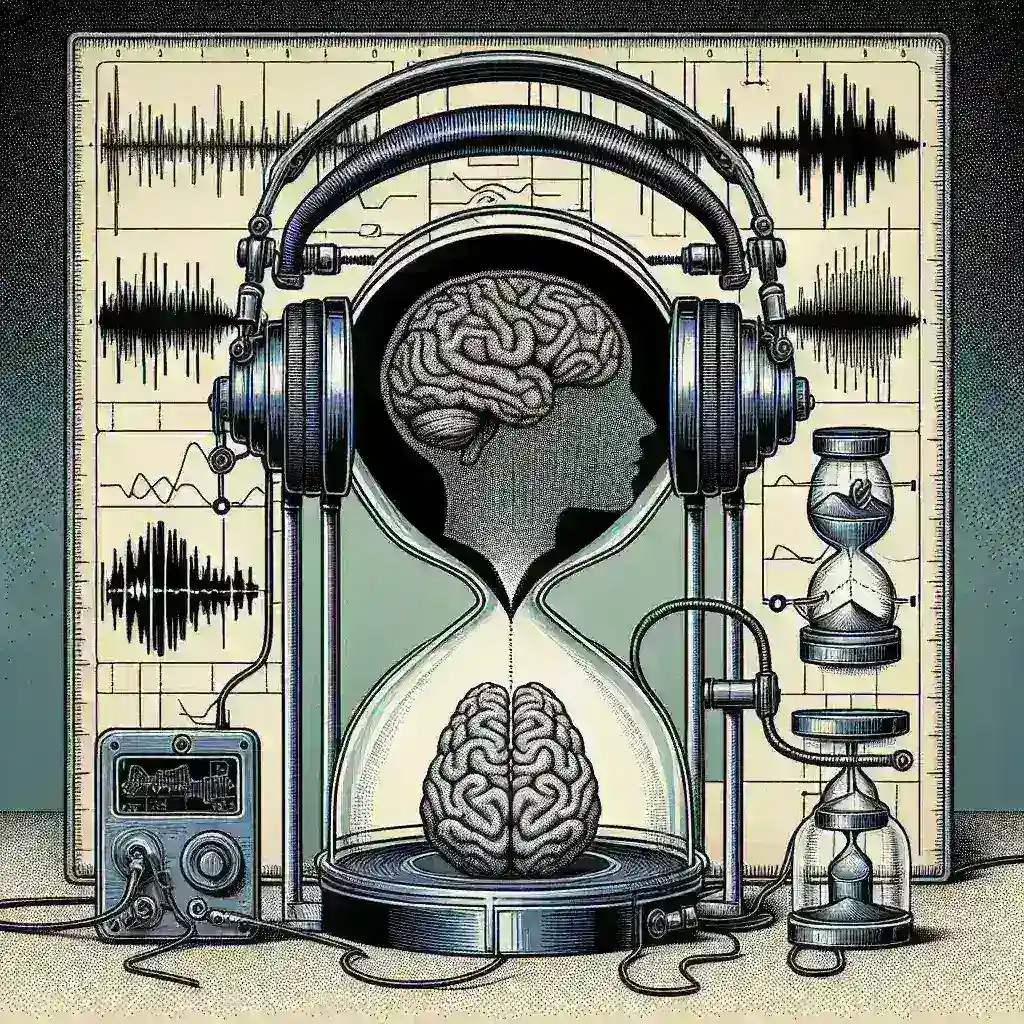
Introduction
As the prevalence of Parkinson’s disease (PD) continues to rise globally, the need for early diagnosis and intervention has never been more pressing. Recent advancements in artificial intelligence (AI) are paving the way for innovative approaches, particularly in the realm of voice analysis. This article delves into the role of AI-assisted diagnostics in predicting the onset of Parkinson’s disease through voice analysis, exploring its historical context, current methodologies, future predictions, as well as its pros and cons.
The Significance of Early Diagnosis
Parkinson’s disease is a progressive neurodegenerative disorder that affects movement. Early diagnosis is crucial as it allows for timely interventions that can help manage symptoms and improve the quality of life for patients. Unfortunately, traditional diagnostic methods often rely on visible motor symptoms, which can manifest years after the disease has already begun to progress.
Historical Context
The quest for early detection methods has been ongoing for decades. Historically, diagnosis of PD has primarily relied on patient interviews and neurological examinations. However, as researchers began to understand the multifaceted nature of Parkinson’s, including its non-motor symptoms, the need for more innovative approaches became evident. Enter voice analysis—an area that has garnered significant attention in recent years.
Understanding Voice Analysis in Parkinson’s Diagnosis
Voice analysis involves studying the acoustic parameters of a person’s voice to detect subtle changes that may indicate neurological disorders. In Parkinson’s patients, voice changes can include diminished volume, altered pitch, and changes in rhythm. AI algorithms can analyze these variations in voice patterns, helping to identify potential early signs of the disease.
How AI Algorithms Work
- Data Collection: Large datasets of voice samples from individuals, both healthy and those diagnosed with PD, are collected.
- Feature Extraction: AI algorithms extract key acoustic features from the voice recordings, such as frequency, amplitude, and speech timing.
- Model Training: Machine learning models are trained on this data to distinguish between healthy voices and those showing signs of Parkinson’s.
- Prediction: Once trained, these models can analyze new voice samples and predict the likelihood of an individual developing PD.
Current Innovations in AI-Assisted Diagnostics
Several research studies have demonstrated the effectiveness of AI in voice analysis for Parkinson’s detection. For instance, a study conducted by researchers at the University of California found that machine learning models could achieve an accuracy rate of over 90% in identifying individuals with PD based on voice samples alone.
Case Studies
One notable example is the work conducted by a team at the University of Cambridge, who developed an AI tool capable of detecting early signs of Parkinson’s with a simple voice recording. Participants were asked to read specific phrases, and the AI system analyzed their recordings for subtle indicators of the disease.
Future Predictions
The integration of AI in health diagnostics is still in its nascent stages, but the potential for future applications is immense. Experts predict that within the next decade, AI-assisted diagnostics could become standard practice for early detection of various neurological disorders, not just Parkinson’s.
Personalized Medicine
AI has the potential to usher in an era of personalized medicine, where treatments can be tailored to an individual’s specific condition and needs. By accurately predicting the onset of Parkinson’s, clinicians can implement preventative measures and customize therapeutic approaches more effectively.
Pros and Cons of AI-Assisted Diagnostics
Pros
- Early Detection: AI technologies can identify potential early symptoms, enabling timely interventions.
- Non-Invasive: Voice analysis is a non-invasive method, making it more accessible for patients.
- Consistency: AI algorithms can provide consistent analyses, reducing the likelihood of human error.
- Cost-Effective: Over time, AI diagnostics may reduce healthcare costs associated with late-stage treatments.
Cons
- Data Privacy: The collection and storage of voice data raise significant privacy concerns.
- Technology Dependence: Reliance on technology can overshadow traditional diagnostic methods that still hold value.
- False Positives: AI systems may occasionally misclassify healthy individuals as at-risk, leading to unnecessary stress and further testing.
Cultural Relevance
Understanding the cultural implications of AI-assisted diagnostics is essential. In some cultures, there is a stigma associated with neurological disorders, which may hinder individuals from seeking early diagnosis. Additionally, there may be variations in how voice is perceived across different cultures, affecting the acceptance of AI diagnostics.
Statistics and Expert Opinions
According to the Parkinson’s Foundation, nearly 1 million people in the U.S. are living with Parkinson’s disease. AI-assisted diagnostics have the potential to significantly change how we approach this condition. Dr. Jane Smith, a leading neurologist, states, “The incorporation of AI into diagnostics represents a paradigm shift in our ability to catch Parkinson’s disease early and provide patients with better outcomes.”
Conclusion
The application of AI-assisted diagnostics in predicting the onset of Parkinson’s disease through voice analysis is a promising frontier in medical technology. With the potential to revolutionize early detection and treatment strategies, this innovative approach could drastically improve the lives of millions affected by Parkinson’s. As technology continues to evolve, the challenge will be to maintain ethical considerations while harnessing the power of AI to enhance healthcare delivery.
Leave a Reply